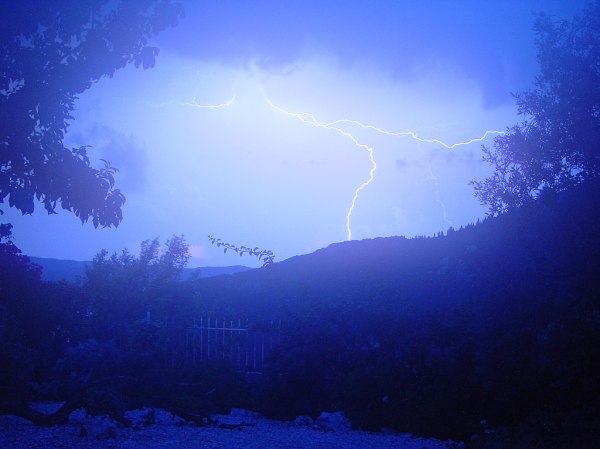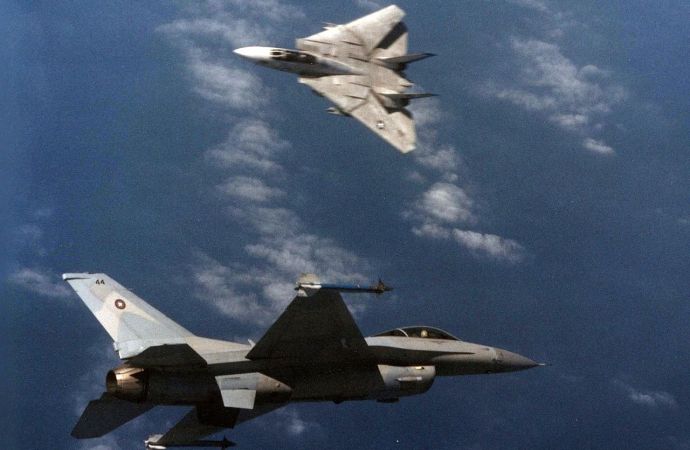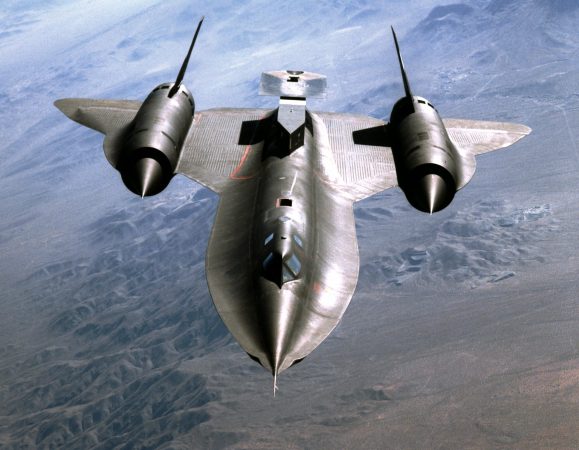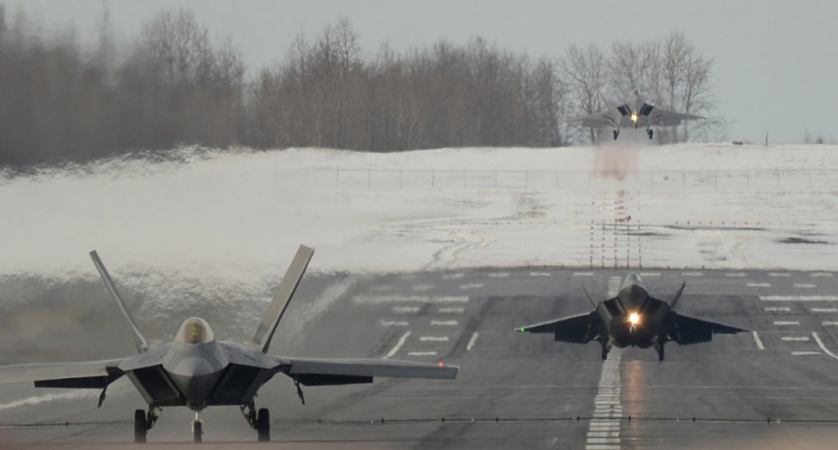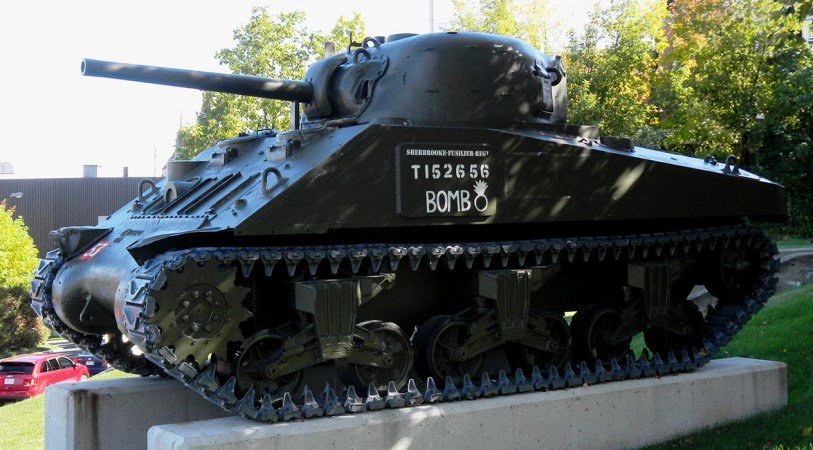Obviously, having to eject from a multi-million dollar aircraft of any kind is the last thing on a pilot’s bucket list (and is dangerous enough to actually be the last thing on the pilot’s bucket list). The truth is that, as in any military job function, things don’t always go as planned, even for the men and women fighting at a few thousand feet above the Earth.
The technology surrounding the ejection of any pilot is really incredible. After more than a century in the making, ejections can be made at supersonic speeds and at altitudes where there is little oxygen in the air. The canopy blows open, the air rushes in, and in one-tenth of a second, the pilot(s) are on their way to safety. The tech has come a long way since and the chances of a successful ejection are up from 50% in the 1940s. A lot happened in the meantime. Here are 11 things you may not have known before.
1. The first successful ejection was in 1910 and was initiated by bungee cord.
In 1916, one of the inventors of a type of parachute also invented an ejection seat powered by compressed air.
2. The German Luftwaffe perfected the ejection seat during WWII. The first combat ejection was in 1942.

Two German companies, Heinkel and SAAB (of the automobile fame) were working on their own types of ejection seats. The pilot of the first ejection bailed out because his control surfaces iced over.
3. Some aircraft, like the supersonic F-111, used pods to eject the crews. The B-58 Hustler tested its ejection system by ejecting bears.

Because parachutes need time to open, early zero-zero (zero altitude, zero airspeed) ejection seats used a kind of cannon to shoot the pilot out once they cleared the canopy. This put incredible forces on the pilot.
5. Before zero-zero seats, safe ejections required minimum altitudes and airspeeds.

Modern zero-zero technology uses small rockets to propel the seat upward and a small explosive to open the parachute canopy, cutting the time needed for the chute to open and saving the forces on the pilot.
6. The most common reason ejections fail is aviators wait too long to eject.

7. Seats in planes like the B-1 Bomber eject at different angles so they don’t collide.

The B-1B Lancer has a crew of four and their seats are designed so that the seats are positioned at different angles and different intervals to avoid mid-air collisions. The B-1A used a capsule for the crew.
8. Depending on altitude and airspeed, the seats accelerate upward between 12 and 20 Gs.

9. Ejection seat manufacturer Martin-Baker gives a certificate, tie, and patch to aviators who join the “Martin-Baker Fan Club” by successfully ejecting.

10. The interval between ejections in a two-seat plane like the F-14 Tomcat is about half a second.

11. Ejection seats have saved more than 7,000 people.




